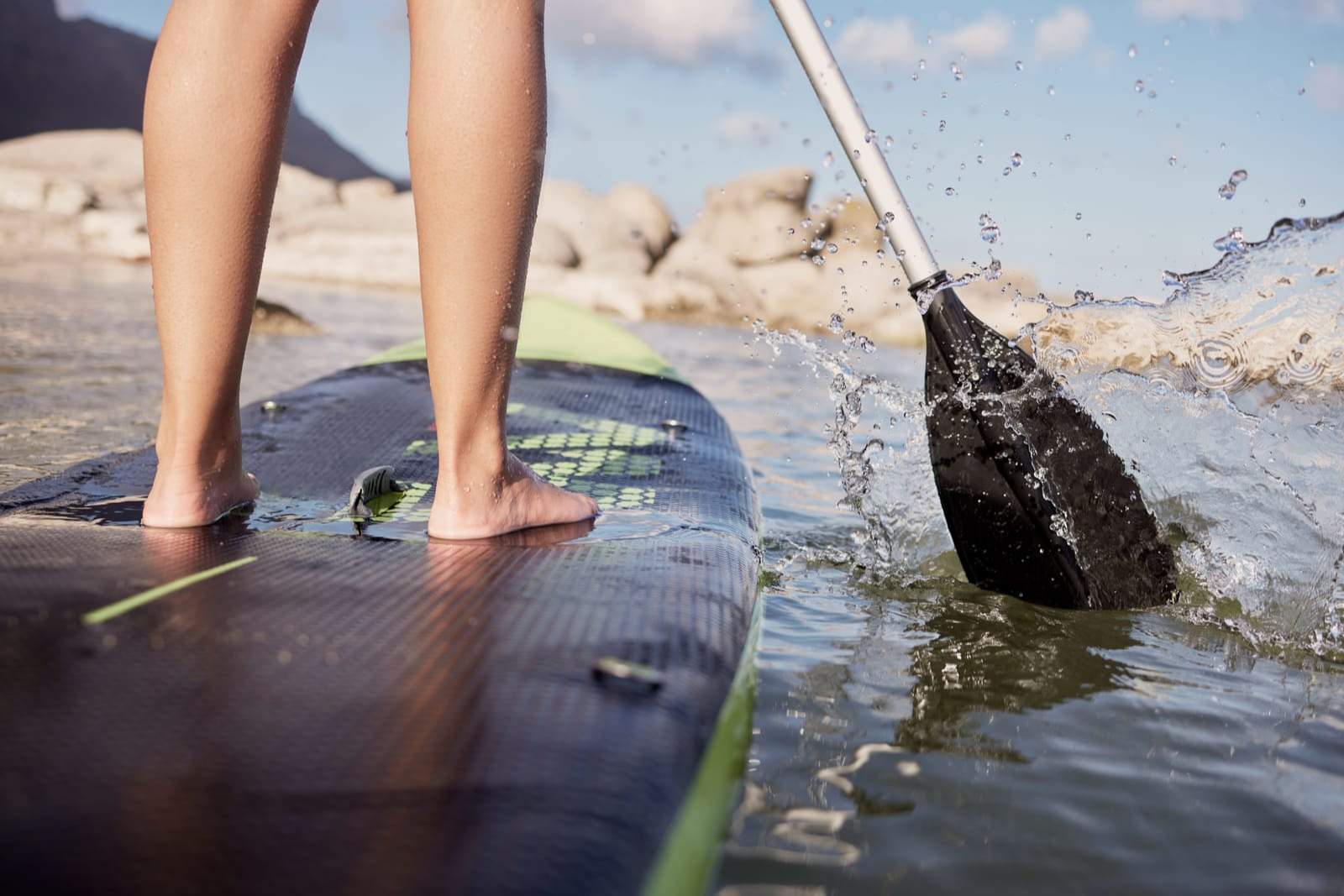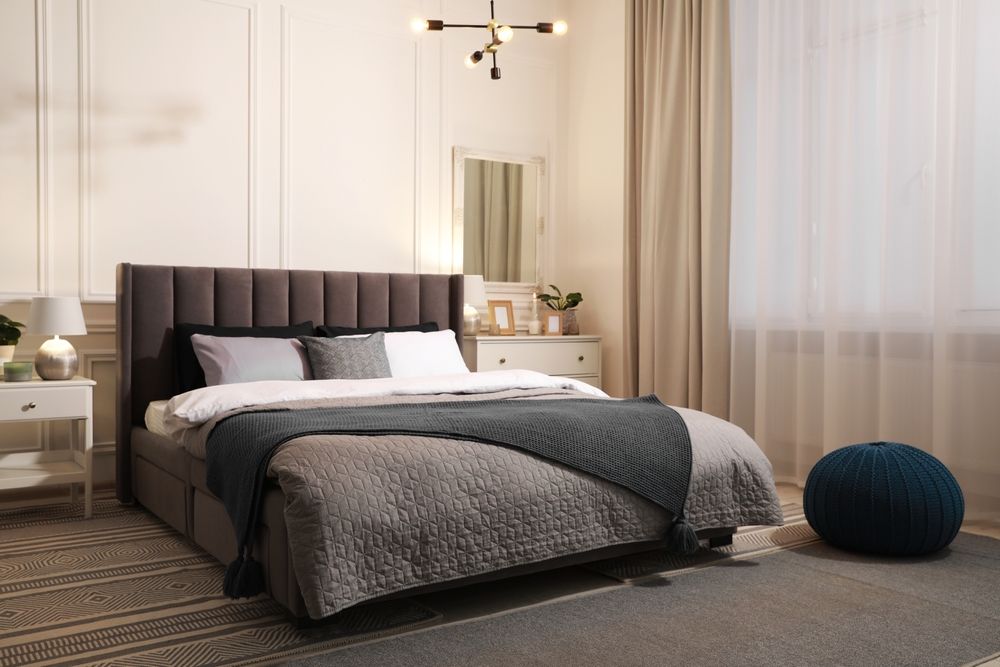Paddleboarding has become a popular water sport, offering a fun and versatile way to explore lakes, rivers, and oceans. Whether you're an experienced paddler or a beginner looking to get started, having a portable paddle board can make your adventures more convenient and enjoyable. Portable paddle boards, often inflatable, combine the stability and performance of traditional boards with the added benefit of easy transport and storage. This guide will help you understand the key features to consider when choosing a portable paddle board, ensuring that you find the perfect one for your needs.
Understand the Different Types of Portable Paddle Boards
Portable paddle boards come in various types, each designed for different water activities and skill levels. The most common type is the inflatable stand-up paddle board (iSUP), which offers excellent portability and durability. There are also all-around boards, which are versatile for various activities, touring boards designed for long-distance paddling, and yoga boards with extra stability for on-water exercises. Understanding the different types of portable paddle boards will help you choose the right one for your preferred water activities, ensuring a smooth and enjoyable experience on the water.
Consider the Size and Volume of the Board
The size and volume of a portable paddle board are crucial factors that affect its stability, maneuverability, and weight capacity. Longer boards, typically between 10 and 12 feet, are faster and track better in the water, making them ideal for touring or racing. Shorter boards, around 9 feet or less, are more maneuverable and better suited for surfing or recreational paddling. The board's volume, usually measured in liters, determines how much weight it can support. Higher volume boards are more stable and can carry more weight, making them suitable for beginners or those planning to carry extra gear. By considering the size and volume, you can select a board that matches your paddling style and needs.
Evaluate the Material and Construction
The material and construction of a portable paddle board play a significant role in its durability and performance. Most inflatable paddle boards are made from military-grade PVC with drop-stitch technology, which provides a rigid and durable surface when inflated. This construction ensures the board can withstand rough waters, bumps, and abrasions without getting damaged. Some boards also feature reinforced seams or double-layer construction for added strength. When choosing a portable paddle board, look for high-quality materials and robust construction to ensure your board is durable, long-lasting, and capable of handling various water conditions.
Check the Portability and Ease of Transport
Portability is one of the main advantages of inflatable paddle boards. When deflated, these boards can be rolled up and easily stored in a backpack or carry bag, making them convenient to transport by car, plane, or even on foot. Consider the board's weight and the size of the carry bag when choosing a portable paddle board. Lighter boards are easier to carry, but they should still be sturdy and stable when inflated. Some boards come with additional transport features like wheels on the carry bag or shoulder straps for added convenience. By checking the portability and ease of transport, you can ensure that your paddle board is easy to take on all your adventures.

Look for Stability and Balance
Stability is essential for enjoying your time on the water, especially for beginners or those practicing yoga on their paddle board. Wider boards, typically around 32 inches or more, offer better stability and balance, making them ideal for beginners or activities that require a steady platform. The board's thickness also contributes to stability, with thicker boards providing more buoyancy and support. When choosing a portable paddle board, consider how much stability you need based on your skill level and intended use. A stable board will give you the confidence to paddle in various conditions and make your time on the water more enjoyable.
Consider the Inflation and Deflation Process
The inflation and deflation process of an inflatable paddle board should be quick and easy, allowing you to spend more time on the water and less time setting up. Most boards come with a high-pressure pump, either manual or electric, that allows you to inflate the board to the recommended PSI within minutes. Some pumps feature dual-action modes, making inflation faster and more efficient. Deflating the board should be just as simple, with a one-way valve that releases air quickly. When choosing a portable paddle board, consider how user-friendly the inflation and deflation process is, ensuring that your board is easy to set up and pack away.
Assess the Board’s Weight Capacity
The weight capacity of a paddle board determines how much weight it can support without compromising performance. This includes the weight of the paddler, any additional passengers, and any gear you plan to bring along. Boards with a higher weight capacity are generally more stable and can accommodate heavier loads, making them suitable for longer trips or multiple paddlers. When choosing a portable paddle board, consider your weight, the type of activities you'll be doing, and whether you'll be carrying additional gear. Selecting a board with the appropriate weight capacity ensures that you have a safe and enjoyable experience on the water.
Look for Additional Features and Accessories
Many portable paddle boards come with additional features and accessories that enhance your paddling experience. These may include bungee storage areas for securing gear, D-rings for attaching accessories like a kayak seat, and non-slip deck pads for better grip and comfort. Some boards also come with a paddle, leash, repair kit, and a carry bag as part of the package. When choosing a portable paddle board, consider what additional features and accessories are important to you. These extras can add convenience and value to your purchase, making your paddle boarding experience even more enjoyable.
Consider the Price and Value for Money
Portable paddle boards are available at a wide range of price points, from budget-friendly options to high-end models with advanced features. When selecting a board, consider your budget and what features are most important to you. While it's tempting to go for the cheapest option, investing in a higher-quality board can save you money in the long run by offering better durability, performance, and accessories. Compare different models and read reviews to find a board that offers the best value for your money. By considering price and value, you can choose a paddle board that meets your needs without overspending.
Test the Board’s Performance
Before committing to a portable paddle board, it's a good idea to test its performance if possible. Many paddle board retailers offer demo days or rental options, allowing you to try out different boards before making a purchase. Pay attention to how the board handles in various water conditions, its stability, and how comfortable you feel while paddling. Testing the board gives you a better understanding of its performance and whether it suits your paddling style. By trying out different boards, you can make an informed decision and choose a portable paddle board that you’ll love using on all your water adventures.
Choosing the right portable paddle board can enhance your water adventures, providing a convenient, versatile, and enjoyable way to explore different waterways. By considering factors like board type, size, material, and portability, you can find a paddle board that meets your specific needs and preferences. Whether you’re a beginner looking for stability, a seasoned paddler seeking performance, or someone who enjoys a bit of everything, there’s a portable paddle board out there for you. With the right board, you can embark on countless water adventures, from peaceful paddles on calm lakes to exhilarating rides on the ocean waves.





